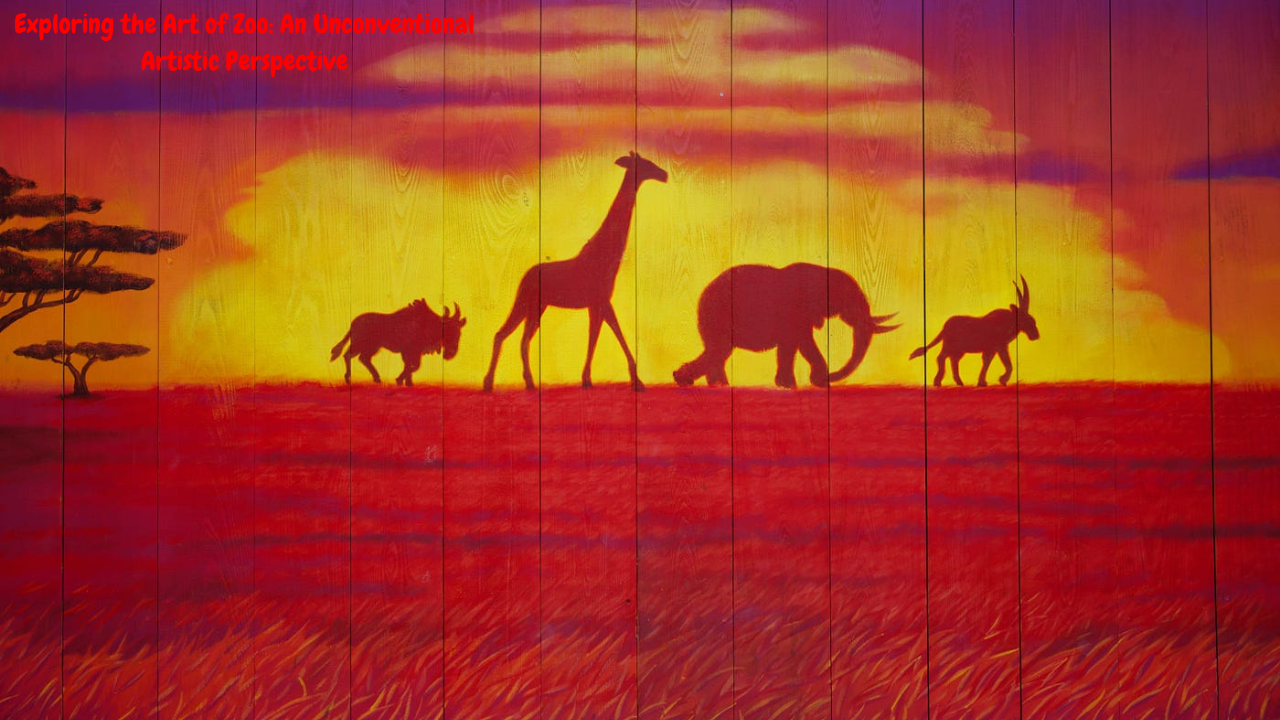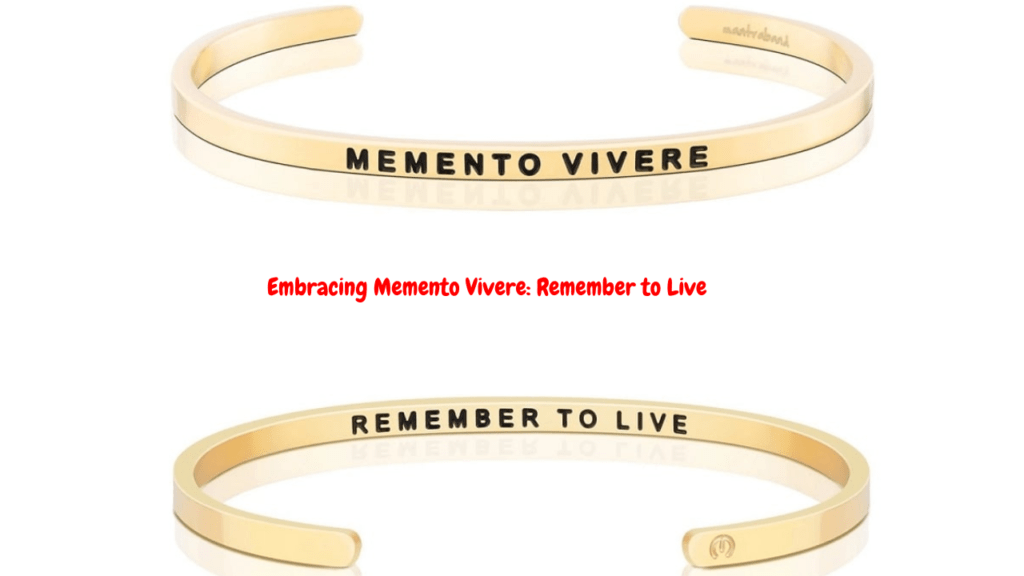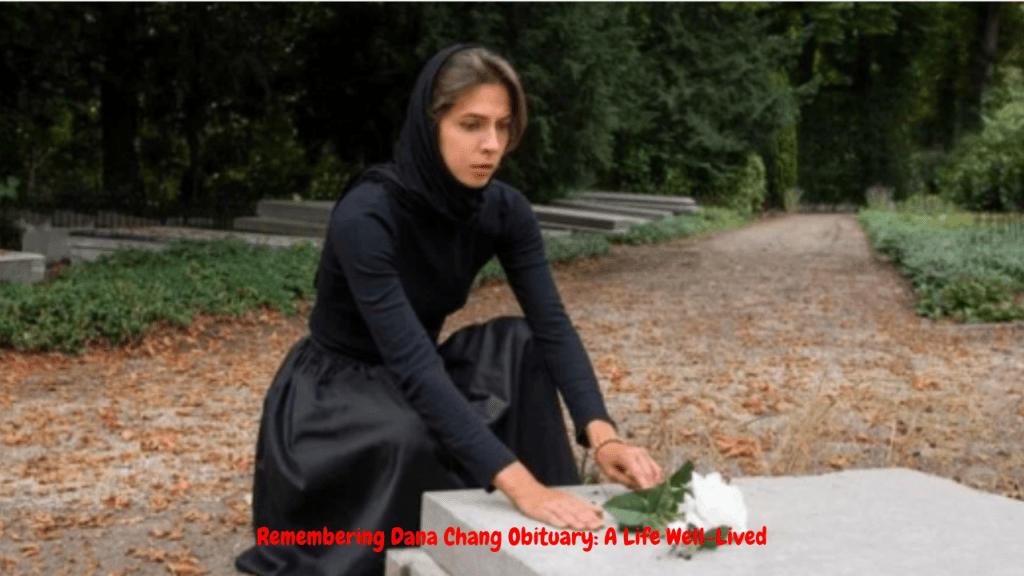The term art of zoo may to start with bring images of beast- themed artistic trials or leafage and fauna farmland. Still, in internet parlance, art of zoo has taken on a rather debatable and beside the point which means. For the purposes of this blog put up, we’ll set apart those contemporary connotations and rather attention on a more conventional and dutiful interpretation the inventive representation of brutes in zoos.
The Historical Context of Zoo Art
Early Depictions
From the foremost cave canvases to the elaborate tapestries of the middle ages, humans have always been interested in brutes. These early delineations were no longer just inventive expressions but also served as a system of fabricator and communication. Zoos, as we know them, started to crop inside the 19th century, and with them got also a brand new order of art concentrated on the brutes housed inside those institutions.
Zoos as Inspiration
Zoos offered artists and possibility to examine brutes over near, watching their conduct, fleshly characteristics, and relations with humans. This access allowed for lower detailed and accurate representations in different artwork paperwork, analogous as oil painting, form, and cropland.
The Evolution Art of Zoo
19th Century Realism
In the 19th century, representationalism came a dominant style in art, with artists seeking to portray subjects as as it should be and real looking as realizable. Zoos handed a managed surroundings wherein artists ought to examine uncommon brutes, main to further particular and certain artistic trials. Notorious artists like Rosa Bonheur and Edwin Landseer created beautiful beast snap shots that continue to be trendy these days.
20th Century Modernism
The 20th century noticed a shift closer to circumlocution, with artists experimenting with extraordinary styles and ways. This period noticed the upward drive of abstract art, where the focus changed into not on sensible delineations still on taking farmland the substance and emotion of the problem. Artists like Pablo Picasso and Henri Matisse drew generality from the forms and conduct of zoo brutes, incorporating those rudiments into their canvases.
Contemporary Perspectives
Moment, zoo art encompasses an extensive variety of styles and mediums, from hyperactive-sensible canvases to virtual art and installations. Contemporary artists regularly use their work to raise knowledge roughly beast conservation and the moral considerations of keeping brutes in captivity. This current fashion to zoo art serves as a ground among art and activism, pressing the part of zoos in both training and conservation.
Techniques and Mediums in Zoo Art
Painting and Drawing
Traditional mediums like oil painting and delineation continue to be notorious for zoo art. Artists regularly use oils, sketches, and pencils to produce natural prints of zoo brutes. The use of shade, mild, and texture plays an essential position in bringing these subjects to societies on oil painting.
Sculpture
Form permits artists to produce 3- dimensional representations of zoo brutes, taking cinema their shape and stir in a manner that flat mediums can’t. Paraphernalia like citation, marble, and complexion are generally used to produce this dynamic and tactile art.
Photography
Photography has grown to be an important tool for zoo art, conducting a way to seize temporary moments and intricate information. Shooters regularly spend hours peering brutes in zoos, staying for the ideal shot that captures the beast’s personality and splendor.
Digital Art
The upward drive of digital art has opened new openings for zoo art. Digital artists use software to produce unique and vibrant snap shots of zoo brutes, constantly combining traditional strategies with slice- edge technology. This medium permits for farther trial and manipulation, performing in unique and innovative art.
The Role of Zoos in Art and Conservation
Educational Value
Zoos play a vital position in training, furnishing the public with openings to learn about brutes and their homes. Art inspired with the aid of zoo brutes can bedeck this educational experience, making knowledge spare engaging and visually attractive.
Conservation Efforts
Multitudinous modern- day zoo artists use their work to help conservation sweats, raising knowledge about exposed species and the significance of retaining natural homes. Through exhibitions, deals, and collaborations with conservation groups, artists make a donation to the protection of leafage and fauna.
Ethical Considerations
While zoos give multitudinous benefits, they also raise ethical questions on the treatment of brutes in captivity. Artists constantly discover those issues of their work, herding guests to glass on the balance among conservation and beast welfare.
Conclusion
The art of zoo is a fat and different style that has advanced drastically over the times. From sensible art to trendy digital creations, zoo art captures the splendor, complexity, and emotion of the beast world. By bridging the space between art and conservation, zoo artists play a vital position in raising knowledge roughly the significance of protective natural world. As we save to explore this fascinating style, we’re reminded of the profound connection among mortal beings and brutes, and the essential position that art performs in celebrating and retaining this bond.




